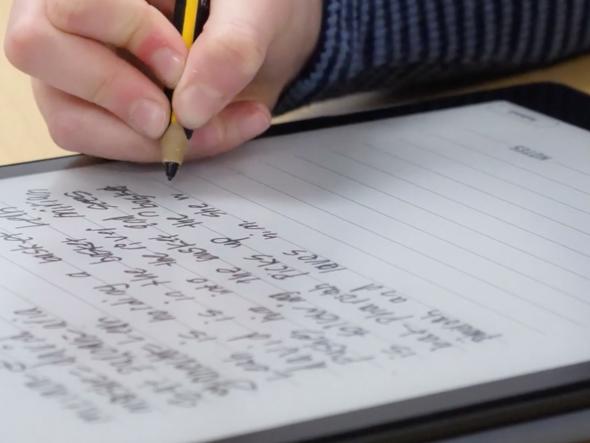Fast forward two decades, and we find ourselves in the present day, with billions, if not trillions, of dollars poured into realizing the digital revolution in our schools. By the time students reach third or fourth grade, most have access to an internet-connected computer. Yet the grim reality persists—most teachers still opt for traditional tools such as books, pens and paper worksheets over computers. A cursory glance into a student’s school bag tells the tale, with its weight reflecting the dominance of physical materials. Even the most optimistic statistics concede that computers are used for a mere 15% of the school day.
The competition among schools fueled investments in tablets and computers, and the “one-to-one school” badge became a mark of prestige. Inertia has kept schools replacing old computers with new ones and purchasing licenses for interactive software, all in a bid to engage students, who are perceived as uninterested without gamified teaching.
Dangers to Students’ Minds on Chromebooks
It’s time for a sobering realization: The digital revolution in our schools has unequivocally failed. It’s an irrefutable fact—the Chromebook stands exposed, metaphorically naked.
Now, let’s discuss Chromebooks and their strategic role in education technology. While Chromebooks earned their moment of recognition during the Covid pandemic by facilitating remote learning, their introduction wasn’t solely about accessibility. Google recognized that the education sector presented the ideal battleground. By providing an affordable, user-friendly, cloud-centric experience with Chromebooks, Google aimed to create lifelong users among students. This early exposure was designed to make Google’s platform the preferred choice for educators and students, laying the groundwork for future dominance.
However, there’s something inherently unsettling about the image of young students sitting in a classroom, wearing headphones to avoid disturbing one another, while the teacher stands at the front, and students fixate on screens, their fingers tirelessly typing on keyboards. Attempting to transplant the office environment into a fourth grade classroom is fundamentally misguided, and it’s hardly surprising that many teachers harbor animosity toward this approach. They cite numerous reasons for their discontent, including the loss of fundamental handwriting skills, which scientific research has linked to lower reading comprehension, memory retention and even creativity.
Other concerns include the loss of eye contact with the teacher, which is a vital tool for educators to gauge student engagement. Furthermore, the everpresent temptation of endless distractions that not even the most disciplined students can resist adds to the list of grievances. The adverse effects of the blue light emitted by screens and the logistical nightmare of charging devices compound these issues. Amanda Strom’s research in The Negative Effects of Technology for Students and Educators highlights these concerns, emphasizing the adverse impact of excessive screen time on students’ physical and mental health. Additionally, educators face substantial stress and anxiety in keeping up with ever-changing technology. As technology continues to evolve, it’s crucial to strike a balance between its benefits and potential drawbacks.
In such a scenario, I’ll opt for the familiarity of a color-divider binder, thank you very much.
A Tech Solution to Tech: Paper Tablets






